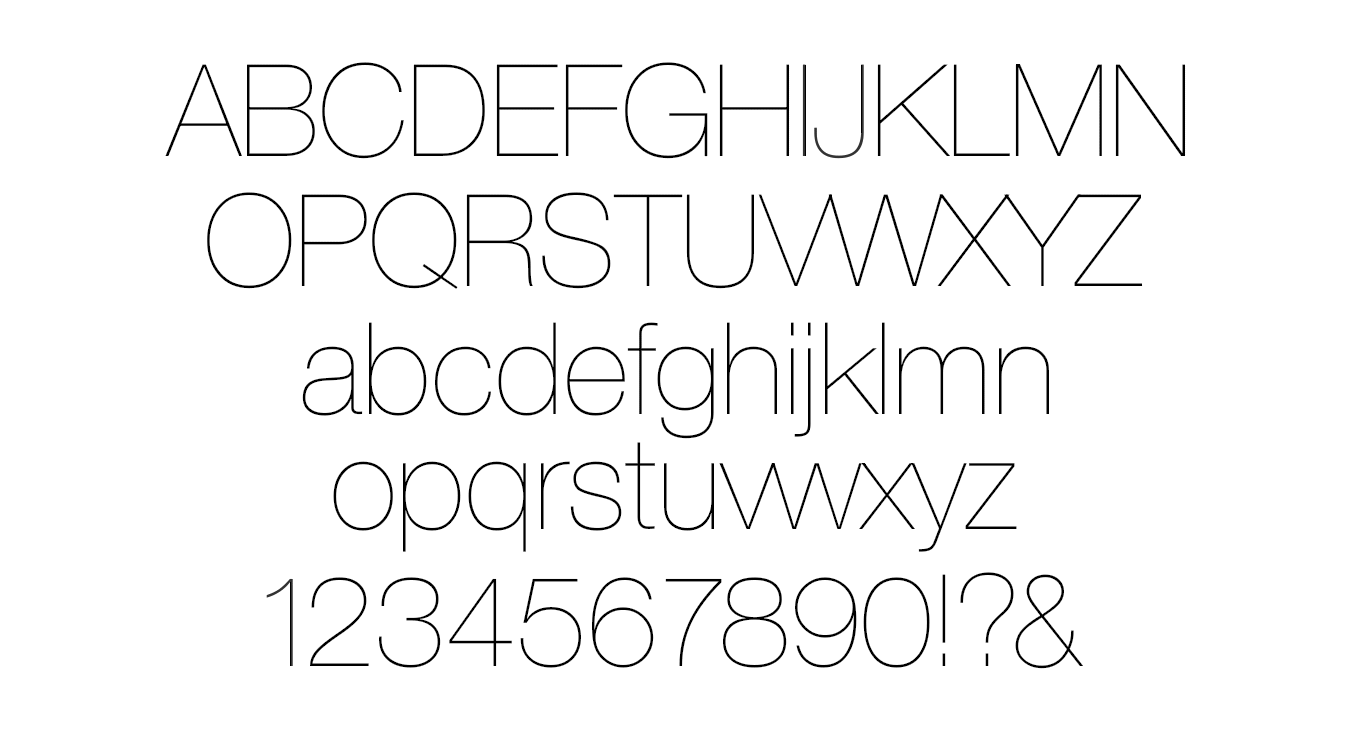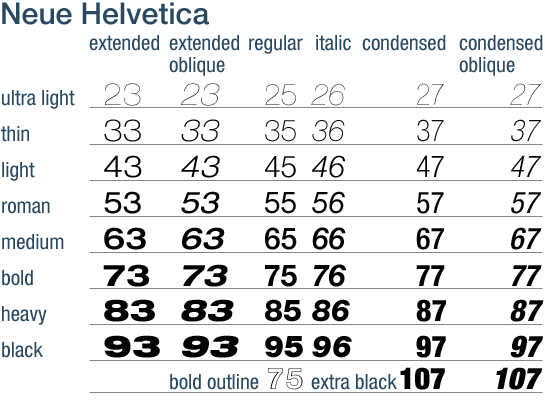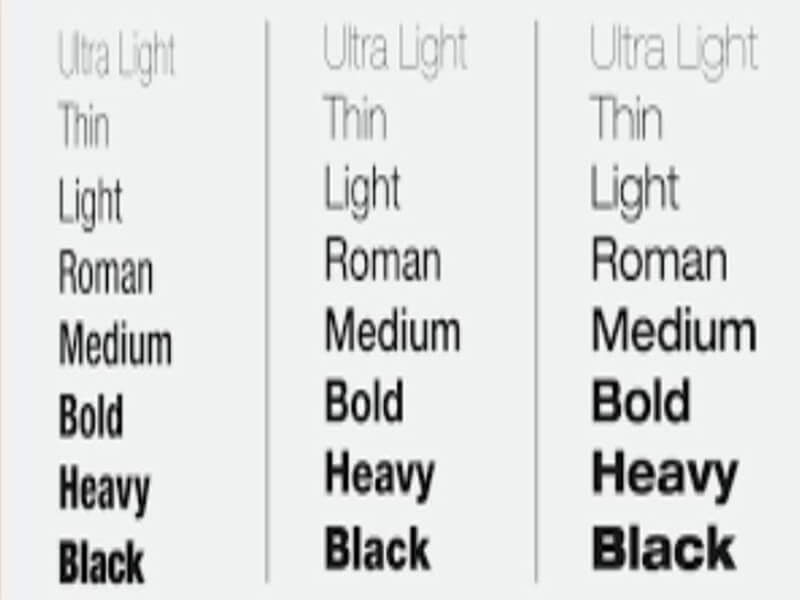

- #Helvetica neue ultra light mac os x#
- #Helvetica neue ultra light software#
- #Helvetica neue ultra light code#
- #Helvetica neue ultra light license#
“Modified Version” refers to any derivative made by adding to, deleting, or substituting-in part or in whole-any of the components of the Original Version, by changing formats or by porting the Font Software to a new environment. “Original Version” refers to the collection of Font Software components as distributed by the Copyright Holder(s).

“Reserved Font Name” refers to any names specified as such after the copyright statement(s). This may include source files, build scripts and documentation.

#Helvetica neue ultra light license#
“Font Software” refers to the set of files released by the Copyright Holder(s) under this license and clearly marked as such. The requirement for fonts to remain under this license does not apply to any document created using the fonts or their derivatives. The fonts and derivatives, however, cannot be released under any other type of license. The fonts, including any derivative works, can be bundled, embedded, redistributed and/or sold with any software provided that any reserved names are not used by derivative works. The OFL allows the licensed fonts to be used, studied, modified and redistributed freely as long as they are not sold by themselves. The goals of the Open Font License (OFL) are to stimulate worldwide development of collaborative font projects, to support the font creation efforts of academic and linguistic communities, and to provide a free and open framework in which fonts may be shared and improved in partnership with others. SIL OPEN FONT LICENSE Version 1.1 - 26 February 2007 This license is copied below, and is also available with a FAQ at: This Font Software is licensed under the SIL Open Font License, Version 1.1. MyLabel.font = UIFont(name: "HelveticaNeue-UltraLight", size: 128.Copyright 2011 The Montserrat Project Authors ( ) Now that that’s done, it’s basically just a matter of plugging in the new value into your code: We can actually highlight and copy it directly from the detail panel. If we examine the details in panel on the right, the item we are most interested in is the PostScript name entry, since this is the one that we will use in our code.Īs you can see here, the value is “HelveticaNeue-UltraLight”: Then, the next step is to scroll down and find “Helvetica Neue” in the list of font names, and then expand it and select “UltraLight” node in the list: When you launch FontBook, it will probably look something like this (select “All Fonts” from the sidebar if it’s not already selected): So… let’s go through this particular challenge.įirst, let’s open Font Book (Look in Applications > Font Book, or if you’re an Alfred or Spotlight search user just start typing “Font Book” and it should pick it up immediately). The challenge is that the answers are little a bit buried…
#Helvetica neue ultra light mac os x#
It took me a few tries through the trial-and-error method, but I eventually got the right name (as you can see from the list above, it’s “HelveticaNeue-UltraLight”), but it led me to think there must be an easier way.įont Book is an application that comes with Mac OS X for managing fonts in your system, and it turns out that it can help us as developers to solve these kinds of riddles. Lately I had to do a guessing game when I wanted to use Helvetica Neue UltraLight as a font in a demo for an upcoming blog post for Cloud City Development, and it was making me crazy playing the “guess the font name in code” game:
#Helvetica neue ultra light code#
One of the more frustrating things about doing things in code is when it comes to fonts.


 0 kommentar(er)
0 kommentar(er)
